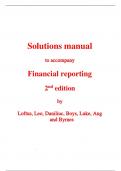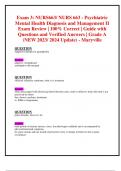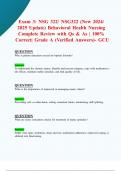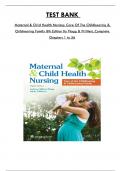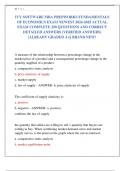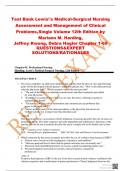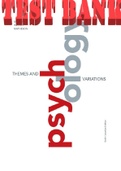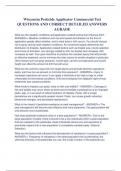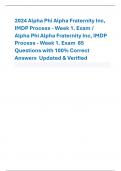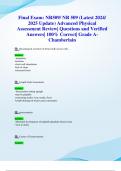Exam (elaborations)
Solutions Manual for Financial Reporting 2nd Edition By Janice Loftus, Ken Leo, Sorin Daniliuc, Noel Boys, Belinda Luke, Hong Nee Ang, Karyn Byrnes (All Chapters, 100% Original Verified, A+ Grade)
- Course
- Institution
This Is Original 2nd Edition of Solutions Manual From Original Author. All Other Files in the market are fake/old Edition. Other Sellers Have changed old Edition Number to new But solutions Manual is old Edition. Solutions Manual for Financial Reporting 2nd Edition By Janice Loftus, Ken Leo, Sor...
[Show more]
